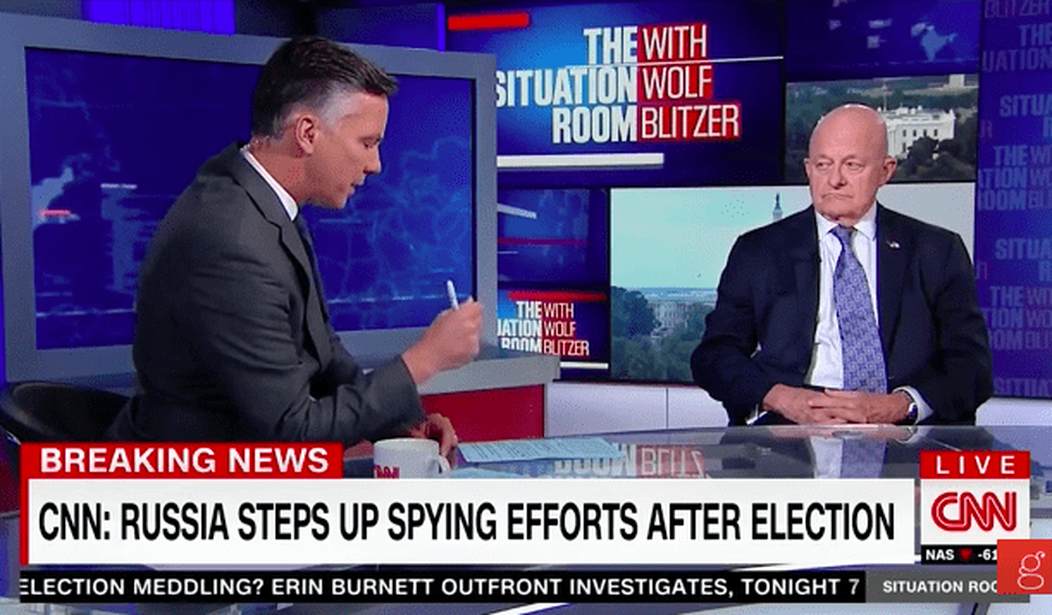WASHINGTON – The firing of a federal employee takes about 18 months on average, given the appeals process, which allows multiple avenues for an employee to register complaints.
This was one of the central issues discussed Tuesday at the Heritage Foundation, where members of the conservative think tank outlined the organization’s Blueprint for Reorganization. That plan envisions balancing the budget within seven years by cutting $10 trillion in federal spending through hundreds of recommendations to Congress.
Suggestions include the elimination of entire offices like the Federal Housing Administration and the Consumer Financial Protection Bureau. It also envisions consolidating Veterans Affairs, which has 42 offices specifically focused on health benefits, a setup that was described Tuesday as a “bureaucratic nightmare” for veterans.
According to Robert J. Shea, former associate director for the Office of Management and Budget under the George W. Bush administration, the single biggest issue facing the federal government is its inefficient processes for hiring and firing federal employees. The workforce is ill-equipped, he said, because the government doesn’t have the proper mechanisms in place to recruit and retain a qualified workforce.
“Too many avenues for people to complain about adverse actions that they’re suffering from means that managers are loathe to even begin a discussion of holding people accountable for their performance,” Shea said.
Heritage fellow Rachel Greszler, one of the blueprint’s authors, touched on performance-based raises for federal employees. She noted that 99.6 percent of employees receive these types of salary increases each year.
“So this is truly not a performance-based system,” she said.
One Heritage recommendation is to increase the one-year probation period in which managers can fire an employee at will. Such implementation, Greszler said, would allow federal managers to carry out the tasks they were hired to complete.
The majority of Heritage’s recommendations would require congressional authority, which is one of the reasons Shea argued that the U.S. expand the executive branch’s authority in this area. He suggested a return to practices in the 1980s, which is the last time the executive branch had the authority to reorganize the federal government without congressional authority. While he said the oversight committees are in support of this idea, authorizing and appropriations committees are not.
A former official with extensive experience in hiring and firing federal employees joined Tuesday’s discussion. Donald Devine, Reagan’s civil service director during his first term, is most known for cutting the federal workforce by about 100,000 employees, saving an estimated $60 billion (in 2017 dollars) in federal spending. The first rounds of cuts were made during the winter holiday season, which earned him labels like “the Grinch in a pinstripe suit.”
According to Devine, the structure of the federal government means that there are 60 levels between a secretary’s order and the action taken on the street. Such a convoluted system would be impossible to function in the private sector, he said, and the federal government must know that this method is no longer viable.
The Trump administration has considered cutting the Consumer Financial Protection Bureau, an office that Obama partly established to police Wall Street in the aftermath of the 2008 financial collapse. The office represents consumers seeking financial compensation related to fraudulent home and student lending, as well as a host of other financial crimes. The CFPB has recouped about $12 billion from financial institutions for 29 million consumers since opening in July 2011, recovering millions for veterans groups.
Greszler noted that cutting such offices would stoke controversy, but she said Heritage has suggested transferring the core functions of these offices to other entities. The overall goal of the blueprint is to downsize or eliminate agencies and offices that do not perform core functions laid out in the Constitution, the report’s editor David Muhlhausen said.
Shea pointed to the Department of Homeland Security as a good example of inefficiency. DHS was established in the aftermath of 9/11, and since then terrorist attacks on American soil have been rare, but Shea said that doesn’t mean that security has increased because of the “chaos that’s the Department of Homeland Security.” The various entities pulled into the department after 9/11 have not integrated into a cohesive unit.
“Just because you pass a law creating the Department of Homeland Security doesn’t make the homeland more secure,” he said.









Join the conversation as a VIP Member